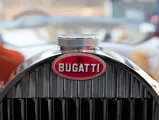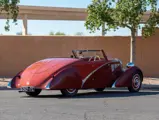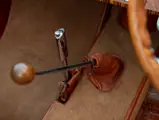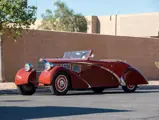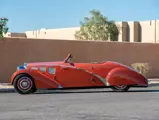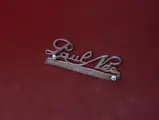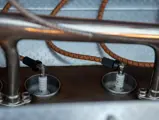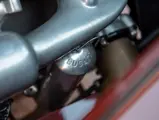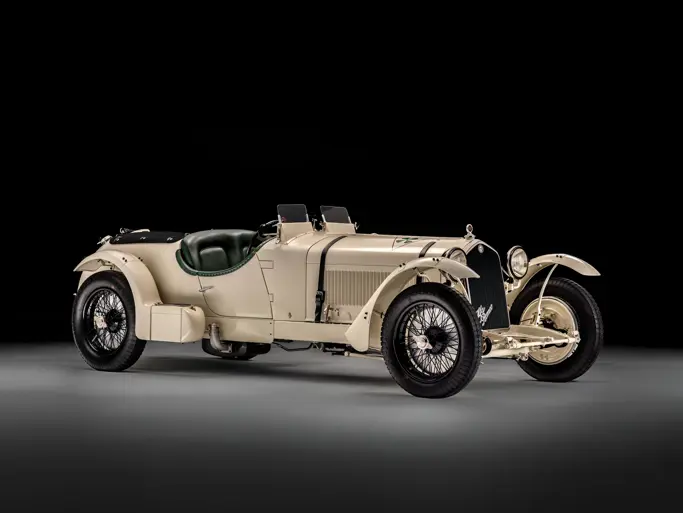
1937 Bugatti Type 57 Cabriolet
{{lr.item.text}}
$582,500 USD | Sold
{{bidding.lot.reserveStatusFormatted}}
- Exceptional, exquisitely detailed restyled coachwork
- Mechanically upgraded, including hydraulic brakes, in-period
- Beautifully presented, concours-winning Alan Taylor restoration
- Documented by marque historians Pierre Yves-Laugier and Kees Jansen; accompanied by history file
The Bugatti Type 57, with its Jean Bugatti-developed chassis and its powerful, racing-derived dual-overhead cam 3.3-liter inline-eight motor, is in many respects the ideal prewar grand touring car. Yet the attitude and character of a given example varies greatly depending on which of the profusion of body styles, from avant-garde roadsters to luxurious saloons, with which it was fitted. This car, Type 57 chassis number 57156, has the distinction of wearing multiple configurations in-period—including an uncommonly seen two-seat cabriolet body.
The records of French Bugatti historian Pierre-Yves Laugier note that chassis number 57156 was assembled in June 1934 for Belgian customer, mill owner, and sportsman Frederic Deflandre, with engine number 48. This rolling chassis was bodied by Bugatti as their Galibier, a four-door sedan, on 29 June 1934, and delivered through Parisian agents Bucar the same day.
In 1936 the car was rebuilt for Mr. Deflandre by the factory, with a new, updated second-series frame of the same number, 57156, still paired with an engine bearing number 48. This car remained with Mr. Deflandre until April 1938, at which point it is believed to have been traded to the Belgian coachbuilders d’Ieteren toward a new body for his new Bugatti.
A local Belgian coachbuilder then produced a new two-passenger cabriolet body for 57156. The identity of the shop has never been conclusively established; Dutch Bugatti historian Kees Jansen attributes the work to Paul Nee, although no documentary proof has been found. It may well have been d’Ieteren themselves, and indeed, the work bears some resemblance to a drophead body d’Ieteren constructed on chassis 57589. It is important to note that at this time the car was also upgraded to the latest and best specifications, including the installation of hydraulic brakes.
The car remained in Antwerp for many years, then was acquired by the famous Bugatti dealer Jean de Dobbeleer, still on a 1930–40 Belgian registration 154486. Mr. de Dobbeleer claimed that the car had been traded in by a priest, Abbé Dubois de Sévry, to whom it had been donated by a Mr. Cadans. Inspection of the car’s numbers by Mr. Laugier indicates that the rear axle and gearbox are both original and authentic replacements from other Type 57s, likely dating to de Dobbeleer’s ownership.
The Bugatti was subsequently exported to the United States in 1955 by Gene Cesari for Porsche dealer Jack Fritsche, passing next to Al Wall and, in 1958, to Joseph Fine of Silver Spring, Maryland. Mr. Fine began restoring the Bugatti but in the 1960s was distracted from the work, and the dismantled car was stored on his property until his death in 2003. It was then sold by his widow; its next owner elected to have it fully restored by Alan Taylor Company of Escondido, California.
As part of its total restoration, the car was reimagined with new fenders, door skins, hood, and trim, beautifully hewn in aluminum by Mr. Taylor’s employee Edouard de Vaucorbeil; these subtly reworked elements were inspired by the most alluring of in-period Continental design, artfully incorporating elements that instantly recall the likes of Gangloff. The finish of the leather, woodwork, and paint is all spectacular and a tribute to its restorers’ craftsmanship. Exquisite details, such as the addition of a wine basket and beautifully crafted fitted luggage (which stow vertically behind the seats), as well as a Type 57C-style dashboard—to say nothing of the intricately turned firewall and engine beneath the hood—are found wherever one looks.
In its present form the cabriolet has been proudly exhibited at several concours d’elegance, including several times at Amelia Island; the annual La Jolla Concours, where it was judged Best of Show Pre-war in 2013; and Keels and Wheels, where it received the People’s Choice award in 2014. Further, it has been a First Prize winner (number 3176) in Classic Car Club of America National judging.
With its stunning restyled coachwork, which has been maintained in excellent, restored condition, this well-documented Type 57 embodies the engineering excellence and high style for which vintage Bugattis are rightly known.





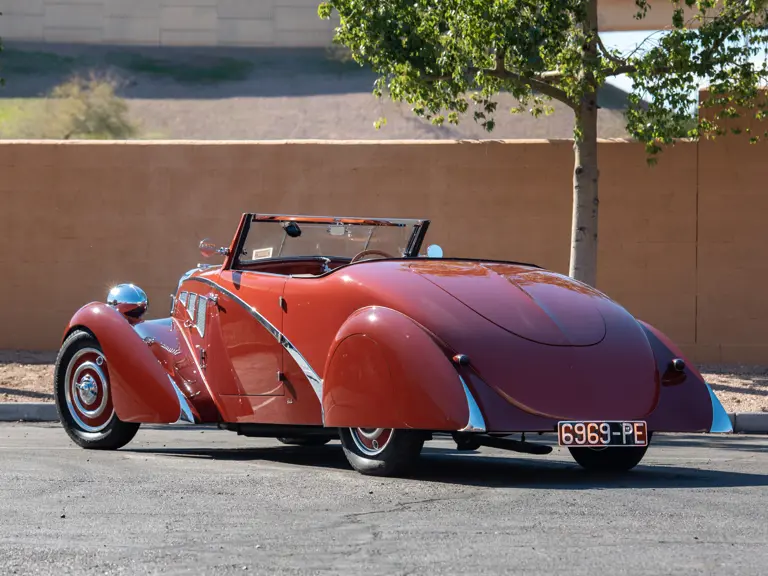

























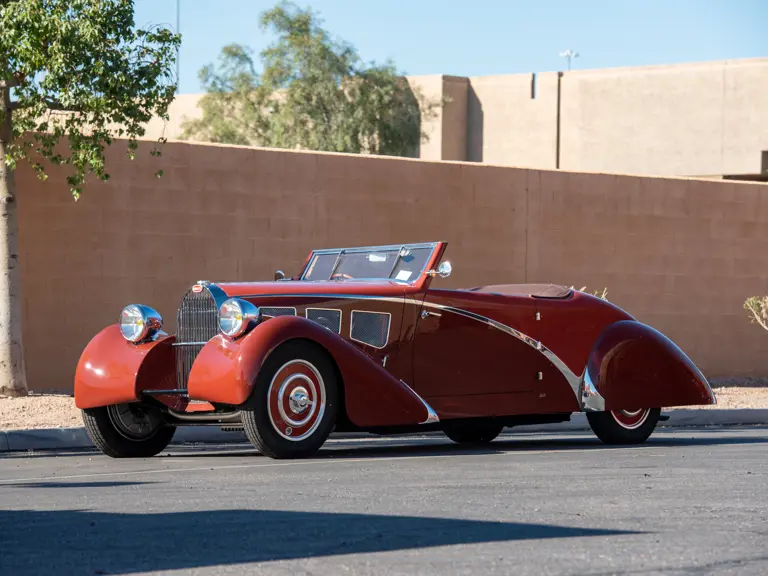








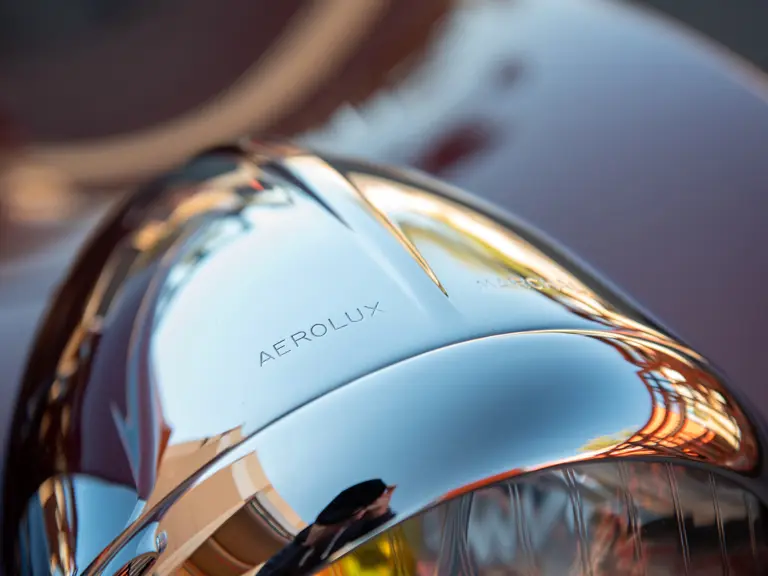

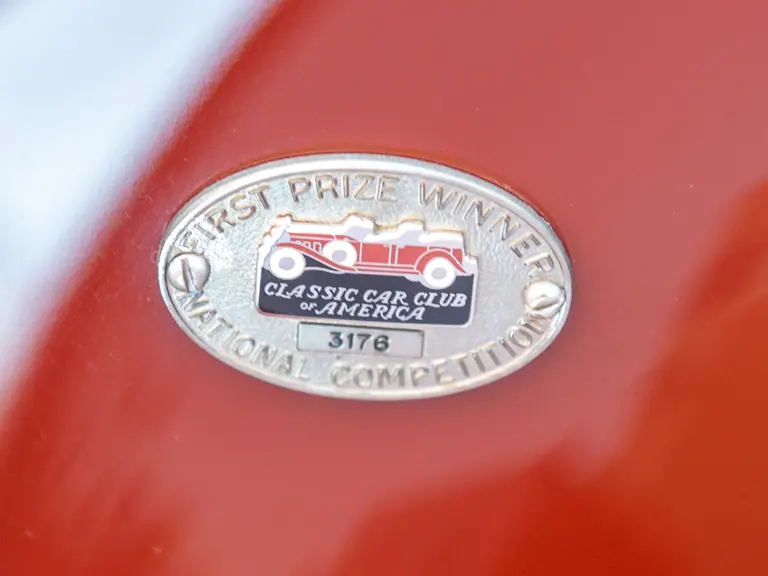




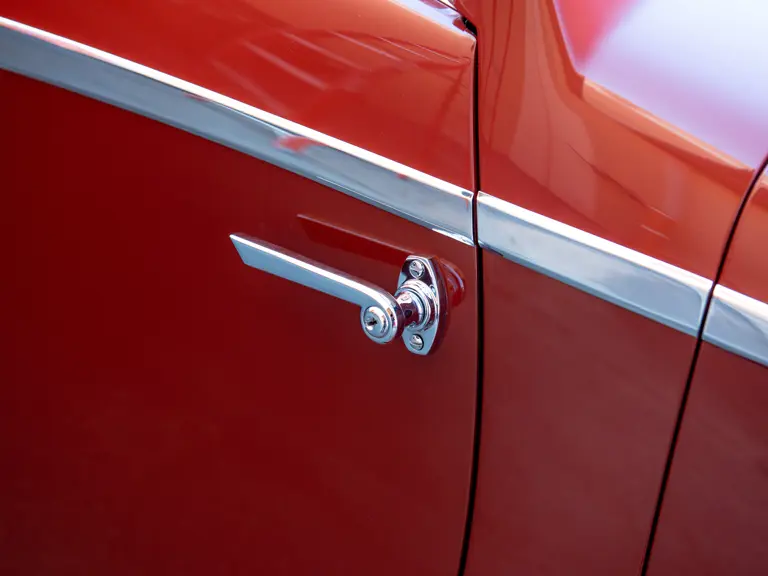
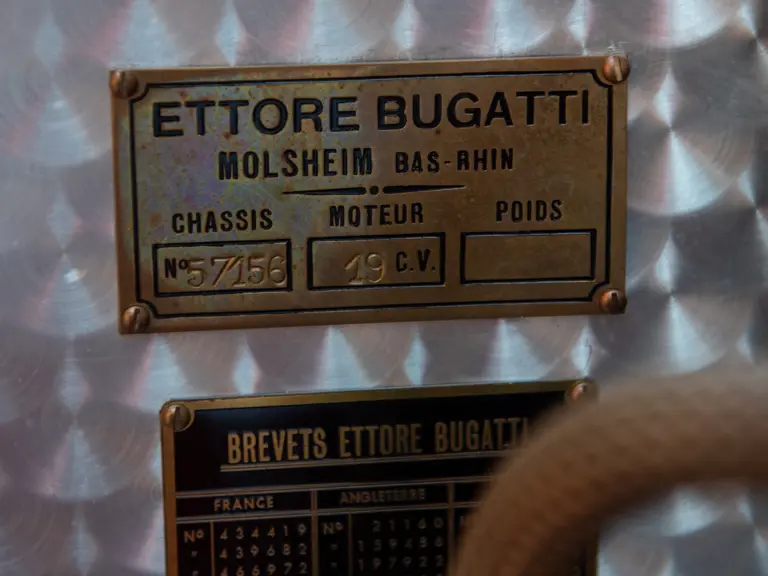


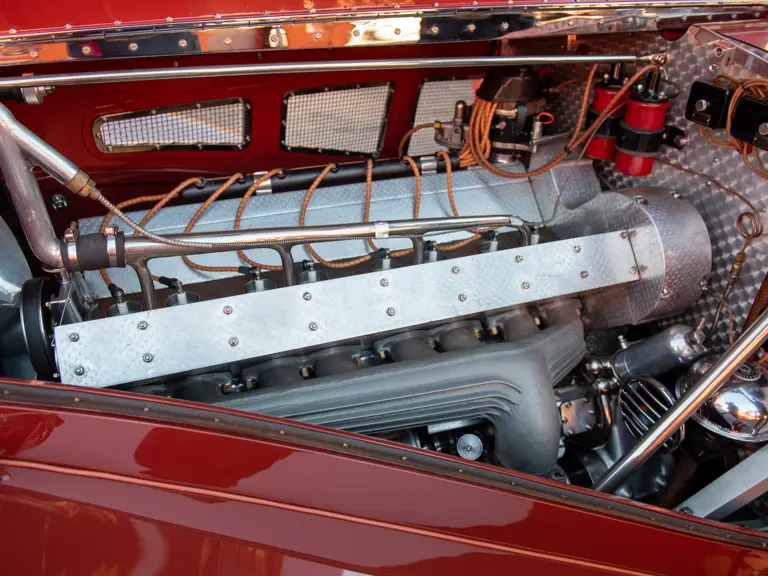
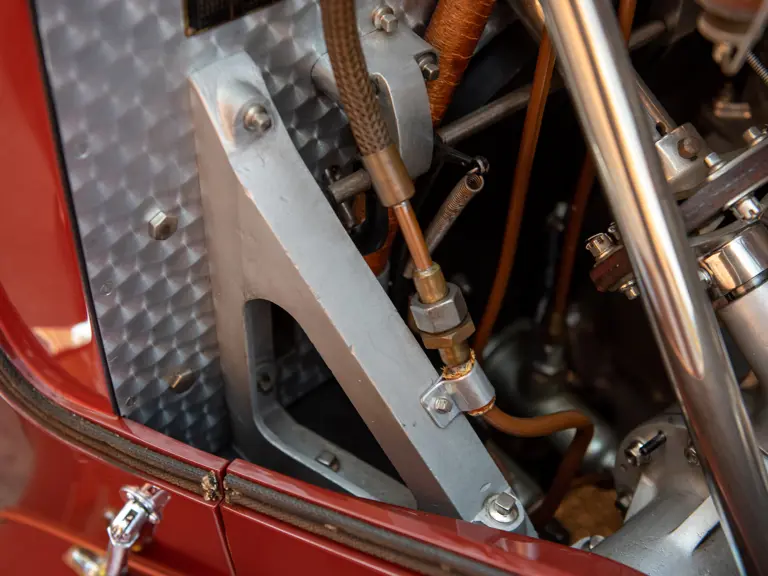
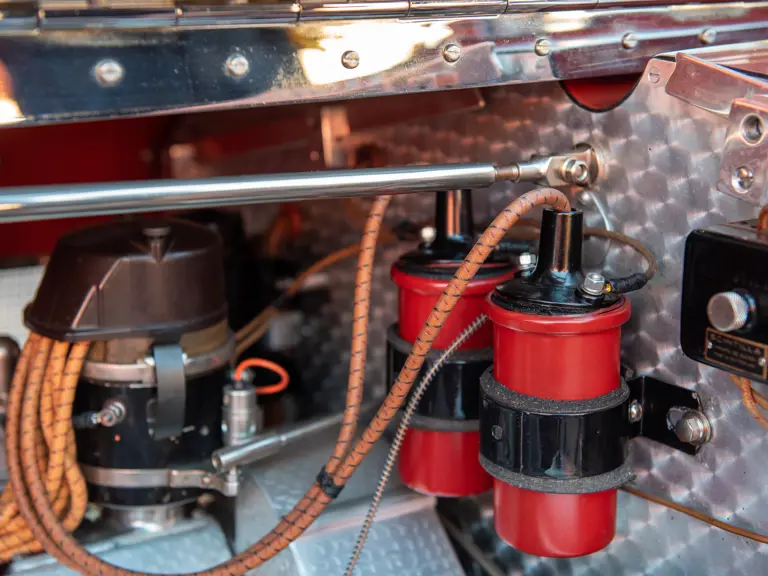









 | Amelia Island, Florida
| Amelia Island, Florida




